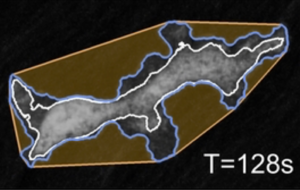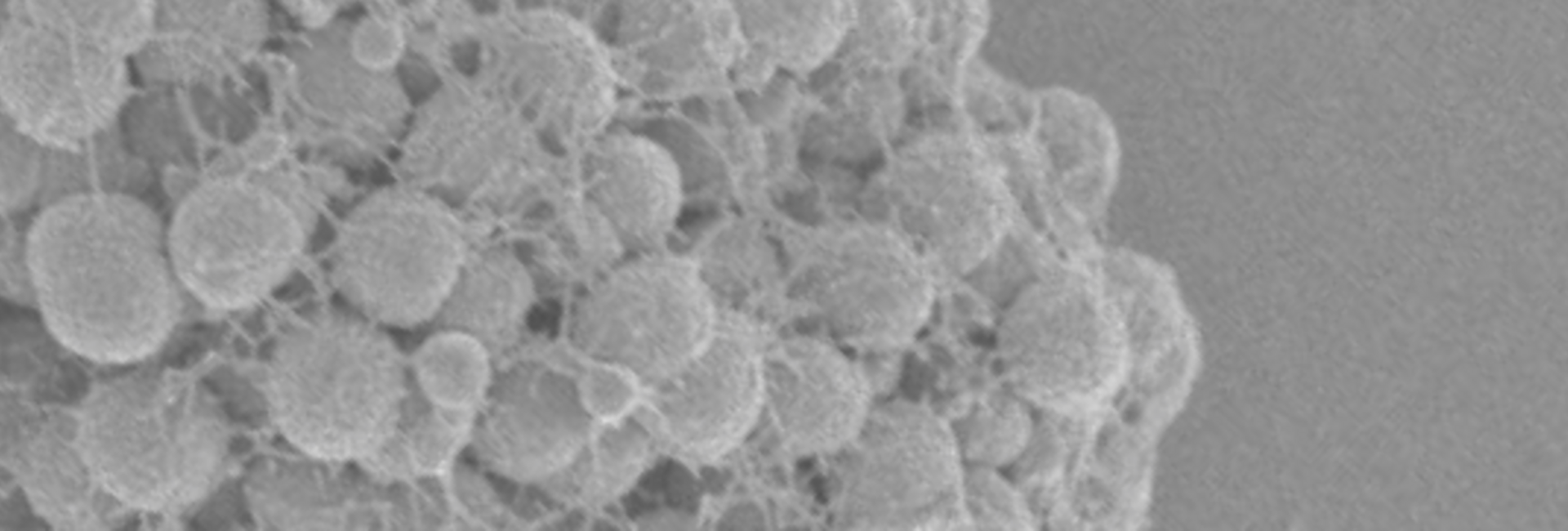Welcome to the Research Group Mathematics in Life Sciences
Our group develops theoretical models used to understand complex biological phenomena and their implications for disease. The team brings expertise in theoretical biophysics, statistical physics and numerical methods and works in close collaboration with experimental groups. The group investigates organizational principles operating at the range of scales from chromatin in the cell nucleus to the multicellular aggregates and employs approaches from the theory of stochastic processes to the continuum theory of active hydrodynamics. The focus is on understanding the physical mechanisms governing complex biological systems not in thermal equilibrium. We have a growing interest in the quantitative description of immunological and inflammatory processes.
Research overview
Our vision is to use concepts from statistical physics and non-equilibrium phenomena to build models able to highlight analogies and general behaviors across biologically very different systems. Below are three exemplary research areas to illustrate our approaches.

Bacterial biofilms as complex materials
Biofilms are dense multicellular communities of bacteria which form on surfaces. Biofilms are widespread in nature and involved in many acute medical and industrial problems. In biofilms, bacteria are encased in the self-secreted extracellular matrix, thus making it a complex living material. Our aim is to understand the biophysics of bacterial biofilms and link their mechanical properties to biological function. One of our recent projects is the investigation of the process of wound healing in biofilms. The ability to recover from wounds is a hallmark of eukaryotic tissues. To explore the tissue analogy in the context of biofilms we are investigating how bacteria recover from damage. See for example our recent work (collaboration with the Chai lab, HUJ).

Immunophysics
Physical interactions play a key role in the ability of immune cells to respond to pathogen threats. We study the whole chain of events unfolding as dendritic cells sense a danger signal, migrate to present it to T-cells and interact with them to activate the targeted immune response. Physical interactions are also often what mediates the immune response of the host to pathogens such as bacteria or helminths – another active project in our group. Zooming into the single cell level, very rich dynamics and activity of the cells of the human immune system, such as Resident Tissue Macrophages (RTMs), determine their safe-guarding function (collaboration with the Uderhardt lab, FAU), see our recent preprint.

Statistical physics of active systems
Often, to better understand complex biological processes, conceptually new theoretical approaches in statistical physics must be developed. Our focus is on active systems not in thermal equilibrium. This includes the processes of active particle aggregation, in relation to which we recently pushed the concept of active hydrodynamics (together with the group of Frank Jülicher, MPI-PKS), or the model of active microemulsion, a versatile model used to describe the organization of chromatin inside of the cell nucleus as a result of transcriptional activity (together with the Hilbert lab, KIT).
Our Team

Contact
Principle Investigator Professor Vasily Zaburdaev
Max-Planck-Zentrum für Physik und Medizin
Chair of Mathematics in Life Sciences
Friedrich-Alexander Universität Erlangen-Nürnberg
Cauerstr. 11, Room 02.387
91058 Erlangen
Phone: +49 9131 85-67123
Email: vasily.zaburdaev@fau.de
Secretary
Silke Besold
Cauerstr. 11, Room 02.386
91058 Erlangen
Phone: +49 9131 85-67121
Email: silke.besold@fau.de
Principle Investigator Professor Vasily Zaburdaev

"The power of theoretical models in biology is that they help to link surprisingly distinct and distant biological phenomena."







